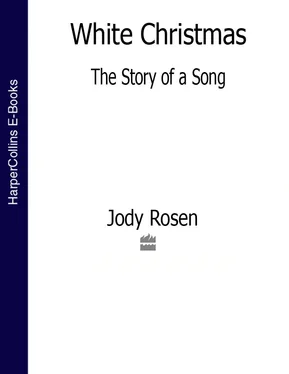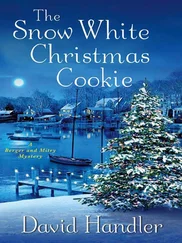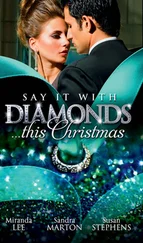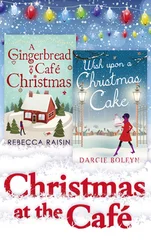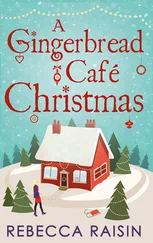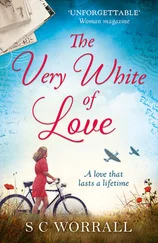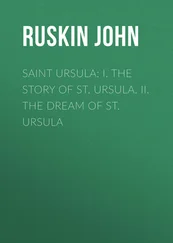But the song’s power transcends its sales figures and commercial ubiquity. With “White Christmas,” Berlin created an anthem that spoke eloquently to its historical moment, offering a comforting Christmastime vision to a nation frightened and bewildered by the Second World War. But it also resonated with some of the deepest strains in American culture: yearning for an idealized New England past, belief in the ecumenical magic of the “merry and bright” Christmas season, pining for the sanctuaries of home and hearth. Its dreamy scenery belongs to the same tradition as Currier and Ives’s landscapes and Robert Frost’s “Stopping by Woods on a Snowy Evening.” The song’s images of sleigh rides and falling snow and eager children capture the mythic essence of the American Christmas. “White Christmas” seems to have always existed, lurking, as one Berlin biographer has written, “just beneath the surface of national consciousness.” Indeed, in writing “White Christmas,” Berlin lit on a universal ideal: the longing for Christmas snowfall, now keenly felt everywhere from New Hampshire to New Guinea, seems to have originated with Berlin’s song. It can safely be said that London bookmakers didn’t offer odds on the possibility of a white Christmas prior to “White Christmas.”
From the beginning, the song has been a blank slate on which Americans have projected their varied views on race, religion, national identity, and other heady matters. In Philip Roth’s Operation Shylock, “White Christmas” is an emblem of “Jewish genius,” in Kurt Vonnegut’s Mother Night, a wearisome reminder of the Second World War. In the early 1940s, at the height of its popularity, “White Christmas” was a huge hit among both white and black audiences. In the decades since, African-Americans have viewed Berlin’s anthem with increasing ambivalence, detecting in Crosby’s placid “white-bread” crooning a coded message excluding blacks from the national Christmas celebration. The song became a hit in the winter of 1942, when it was embraced by homesick American GIs as a symbol of the country to which they longed to return and the values they were fighting to defend. It was the war’s unlikely anthem: a “Why We Fight” song in which the fight was never mentioned. Some thirty years later “White Christmas” returned to play a role in a more troubled American war: the U.S. military used it as the secret signal instructing American soldiers to evacuate Saigon.
One of the most poignant “White Christmas” battles was waged by Berlin himself, when the songwriter launched a fierce (and fruitless) campaign to ban Elvis Presley’s recording of the tune. Today, Berlin’s rage at the rock ’n’ roll “desecration” of his song looks like nothing less than a lament over the sunset of an entire pop culture era: the period, roughly bounded by the two World Wars, that the songwriter had stood astride and whose passing plunged him into a depression that dogged the final forty years of his life.
We remember that interwar era as the Golden Age of American Song—the charmed period when Berlin, Jerome Kern, the Gershwins, Rodgers and Hart, Porter, Harold Arlen, and other titans of Broadway and Hollywood turned the pop song, once regarded as the crudest kind of mass entertainment, into a definitive national art form. In the twenty-first century, the song standards remain indelible; consecrated in the recordings of Sinatra and Fitzgerald and Armstrong and Billie Holiday, launching pads for the improvisations of successive generations of jazz greats—they are the bedrock of American pop. Their lush melodies and lyrical bon mots conjure a fairy-tale world of urbanity and romance, generating nostalgia even in those of us born decades after their heyday. They are supreme products of what historian Ann Douglas has called America’s postcolonial phase; listening to song standards—from “Tea for Two” to “I Get a Kick Out of You” to “Oyer the Rainbow”—we hear the optimism of the American empire at its giddy early height.
I grew up in a very different musical age, with ears conditioned by the urgency of rock and soul and hip-hop, and the song standards always struck me as exotic. In part, this book was inspired by my curiosity about the music—where it came from, why it blazed and disappeared. Historians hallow song standards as one of the United States’ great gifts to world culture; musicologists parse their structure with the same loving scrutiny they lavish on Schubert lieder. Yet the American Songbook remains misunderstood, distorted by the culture war that erupted when rock ’n’ roll remade American entertainment in the 1960s. In one corner is the they-don’t-write-’em-like-that-anymore crowd, who have mystified the song-standard era beyond reason and recognition. For those of us who love “Cheek to Cheek” and “Star Dust” and “Papa’s Got a Brand New Bag” and “Don’t Believe the Hype” in equal measure, it can be galling to read history as told by champions of classic pop, who cling to the notion that all craft and charm drained from American music the day rock and soul’s barbarians stormed the gates. On the opposite side are rock critics who, steeped in rock’s rebel mythologies and cult of authenticity, have effectively read fifty years of pop—and George M. Cohan, Irving Berlin, Al Jolson, and Bing Crosby—out of musical history.
These competing mythologies remove the song standards from their historical context, and the story of “White Christmas”—the era’s commercial zenith, the signature collaboration of its most famous songwriter and singer—brings that context into sharper focus. It was a time before rock ’n’ roll introduced a musical generation gap and put the voices of blacks and Southern whites at the forefront, before Vietnam and the social ruptures of the 1960s, when pop songs seemed to embody cultural consensus—when the American middle class sought charm and reassurance in mass entertainment. Today, our longing for that musical era grades into a larger nostalgia for the mystical heyday of the “Greatest Generation,” that allegedly happier period of stalwart American values and national unity. If any song represents mid-century consensus, it is “White Christmas”: a celebration of the de facto national holiday, introduced by a multimedia father figure in the midst of a World War, when circumstances encouraged an unprecedented uniformity of thought and feeling. Song-standard aficionados might argue that music was simply better in the good old days. But one can’t help suspecting that they are also longing for a simpler time, when pop songs spoke almost exclusively in the voice of the white middle class and hadn’t yet begun to reflect the difficult questions and moral ambiguities of American life.
Nevertheless, if the songs of that pre—civil rights, prefeminist period strike us today as blithely ethnocentric, it should be remembered that they were the result of a social struggle in many ways as significant as those that have inflected rock’s history. The pop-song industry was dominated in both its creative and commercial spheres by Jews—many of them, like Berlin, recent immigrants—and the music it gave to the world was the music of assimilation, a distinctly New World concoction: the result of a people’s striving for social acceptance and a piece of the American pie. Much of twentieth-century pop culture is a kind of Yankee Doodle Yiddishkeit: All-Americanism as imagined by Lower East Siders, intoxicated by showbiz and its fast track out of the ghetto. “White Christmas”—a Russian-born cantor’s son’s ode to a Christian American holiday—is a milestone of Jewish acculturation matched perhaps only by another Berlin magnum opus, “God Bless America”: a symbol of the extraordinary way that the Jews who wrote pop songs, sang them on vaudeville stages, invented Broadway, and founded movie studios, turned themselves into Americans—and remade American pop culture in their own image.
Читать дальше
